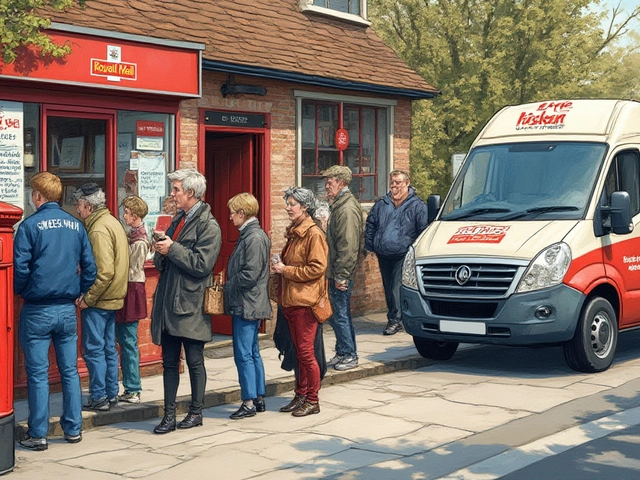7 R's of Logistics: What They Are and How They Help Your Business
Ever wondered why some moves feel smooth while others end in delays and extra costs? The answer often lies in the 7 R's of logistics – a simple framework that keeps every step in check. Think of it as a checklist you can use every time you plan a pickup, a warehouse move, or a delivery across the UK.
On this tag page you’ll also find posts about supply‑chain software, last‑mile risks, and how big carriers set their rates. Those articles dive deep into each R, but let’s give you the quick win you can start using right now.
Why the 7 R's Matter
Right Product, Right Place, Right Time – these three sound obvious, yet they’re the heart of every successful shipment. Miss one and you could be looking at returned goods or angry customers. The next two Rs help you avoid those headaches.
Right Quantity ensures you don’t over‑stock or run out. It saves storage fees and keeps cash flow healthy. Right Condition reminds you to protect items during loading, transport, and unloading – think proper padding and temperature control for fragile goods.
Right Cost is about finding the best price without sacrificing service. Compare carrier quotes, use multi‑modal routes when possible, and keep an eye on hidden fees like fuel surcharges. Finally, Right Customer means tailoring the delivery experience to the client’s expectations – whether that’s a specific delivery window, signature proof, or real‑time tracking.
Applying the 7 R's in Real Life
Start with a short audit of your next move. Write down the product, destination, and desired delivery date. Then ask yourself: do I have the exact quantity needed? Are the goods packed to stay in the right condition? Check your carrier rates and see if you’re getting the best deal for the speed you need.
Use tools like a Transport Management System (TMS) – one of the topics covered in our post “What Software Is Used in Supply Chain Management?” – to automate the R checks. A good TMS flags when a shipment is under‑ or over‑stocked, suggests cheaper routes, and sends real‑time alerts if a parcel deviates from its planned condition.
Don’t forget the human side. Talk to the customer about preferred delivery windows – that’s the “Right Customer” piece. If they need a specific time slot, schedule the carrier accordingly and confirm the appointment. A quick phone call can prevent a missed delivery and the extra cost of a redelivery.
When you’re handling large items, like pallets, remember the “Right Condition” R includes securing the load. Our post on UPS pallet shipping explains how to measure, label, and protect pallets so they arrive intact.
Finally, review the outcome. Did the shipment arrive on time, in perfect condition, and at the agreed cost? If not, note which R slipped and adjust your process. Over time you’ll build a habit that reduces errors and improves profit margins.Bottom line: the 7 R's give you a clear, repeatable way to keep logistics tight. Combine them with the detailed guides on this tag page, and you’ll turn complex moves into routine wins.
May 14, 2025
Evelyn Wescott
0 Comments
Ever wondered how your online orders show up at your door so quickly and, most of the time, without a hitch? This article breaks down the 7 R's of logistics, a simple but game-changing concept that helps e-commerce businesses move products smoothly and keep customers smiling. Discover how each 'R' impacts what happens behind the scenes after you click 'buy.' From getting the right products to the right place, to fixing common slip-ups, you'll learn the secrets that keep those delivery trucks (and your packages) moving.




